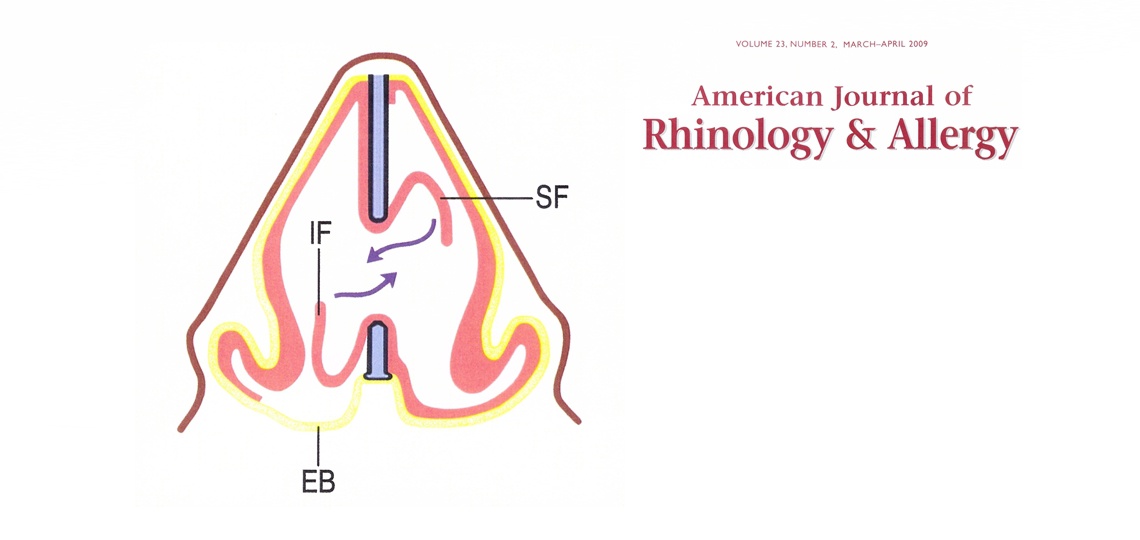
Rhinoplasty (aesthetic nose surgery) is the procedure to correct or permanently reshape the nose, making it aesthetically more beautiful and attractive. There is no standard rhinoplasty. Everyone's face and nose are unique and have their own proportions. For this reason, making the same nose for everyone is far from aesthetics way. Each surgery is specific to the person and should be planned accordingly
RHINOPLASTY
Revision rhinoplasty (also called Secondary Rhinoplasty) is an aesthetic operation that is carried out for the correction of undesired results of the previous rhinoplasty (nose job). The Most Common Causes of Revision Rhinoplasty The tip of the nose may be overly narrowed, wide, asymmetrical, low, drooping, or too shortened and raised (pig nose). The nostrils may be asymmetrical or wide. Collapse in the lateral walls of the nose (alar collapse) and breathing difficulties may occur. Existence of dorsal hump, collapse of the nasal dorsum, pollybeak deformity as a result of insufficient removal of the cartilage or a saddle nose due to excessive removal.The inverted V deformity, twisted nose, remaining deviation, irregularities along the nasal dorsum, excessive scar tissue development inside or outside the nose, skin and soft tissue problems. Difficulty breathing is observed in almost all cases requiring major revision. Congestion that remains after the first operation is mainly related to the remaining deviation, swelling of the nasal concha (concha hypertrophy), nasal valve insufficiency (internal and / or external), adhesions, septum perforation.
REVİSİON RHİNOPLASTY
What is deviated septum? Nasal obstruction is a common complaint in the society, approximately one third of adults have chronic nasal congestion. The septum is the part in the nose that separates the nostrils.This section (septum) consists of cartilage in front and a thin bone structure at the back of the nose. It is covered with mucosa. The deviated septum (deviation) occurs when your nasal septum is significantly displaced to the left or right side from the midline. In fact, about 80% of adults have deviation to some degree, but most of them do not cause complaints.
SEPTOPLASTY
Causes of Turbinate Hypertrophy Allergic Rhinitis. The most important cause of turbinate hypertrophy is allergy (allergic rhinitis). Hormonal reasons; Hypothyroidism, Diabetes, Acromegaly (excessive secretion of growth hormone). Medicines. Some medications for blood pressure and heart (Alpha antagonists, Beta blockers, Angiotensin Converting Enzyme (ACE) inhibitors), Methyl Dopa, Oral Contraceptives (birth control pills), Psychotropic drugs, Aspirin and other nonsteroidal anti-inflammatory drugs (NSAIDs), Rhinitis medicamentosa Compensatory hypertrophy is the swelling of the turbinate on the opposite side of the deviation in those with septum deviation. Structural growth; The bone part of the lower turbinate may be structurally large. During the development of the middle turbinate may occur concha bullosa. A concha bullosa is a pneumatized (air-filled) cavity within a nasal concha. Infections; Nasal conchae swell in infections such as colds, flu, and sinusitis. Environmental factors; Dirty air, Cigarette smoke, Paint, Bleach, some perfume scents, Chemical gases Vasomotor rhinitis; Especially after the age of 35-40, there is a sudden change in the neural stimulation of the nasal concha with cold and dry air, high humidity, smoking, chemical irritant smells, fatigue, stress, sudden temperature or humidity change. As a result, the nasal conchae swell, and excessive secretion is produced from the nasal mucosa that cause nasal congestion and a runny nose. Symptoms start suddenly and last for a short time.
TURBİNATE (CONCHA) REDUCTI...
Treatment of Nasal Valve Insufficiency A permanent solution requires surgery. The surgery aims to widen the narrowed valve angle. There are special graft and suture techniques that help to open the valve area. In graft techniques, cartilage is taken from the nasal septum or ear, shaped, and placed inside the nose to expand the valve area.
NASAL VALVE SURGERY
The ideal treatment for permanent solution is surgery. In surgical method, the mucosa in the nose is lifted and turned or pushed towards the perforation. Then the perforation is closed by suturing. Doing this process bilaterally and putting a barrier (cartilage, bone, fascia, etc.) increases the success of the procedure. Successful of nasal septal perforation repair depends especially on the cause, location, size of the perforation, the presence of cartilage-bone tissue at the edges of the perforation, surgical technique, and the surgeon's experience. Since nasal septal perforation is mostly caused by mucosal tears in nasal surgeries such as septoplasty and SMR (submucous resection), reciprocal mucosal tears should be repaired as soon as they are detected.
REPAIR OF NASAL SEPTUM PER...
People suffering from snoring can often experience narrowing of the upper respiratory tract, obesity, nasal congestion, disproportion of the face and jaw, hypothyroidism, acromegaly, enlarged tonsils and adenoids.
TREATMENT OF SNORİNG AND S...
Adenoid (tonsilla pharyngeal). It is recommended to be removed if it is large enough to cause constant (longer than 3 months) nasal congestion and sleeping with an open mouth, if it does not shrink, causes frequent sinusitis or otitis media and fluid accumulation in the middle ear. Sometimes, even if the tonsils and adenoids are not inflamed at all, they may increase in size and cause sleep apnea (intermittent breathing pauses during sleep). In this case they also should be removed.
ADENOIDECTOMY
In Which Situations Is Tonsil Surgery (Tonsillectomy) Performed? The tonsils are large enough to obstruct the upper airway, causing severe swallowing difficulties or causing heart-lung complications Cause sleep apnea Recurrent peritonsillar abscess (abscess formation around the tonsils) Presence of tonsillitis that cause febrile convulsions Suspicion of a tonsil-derived tumor Tonsil bleeding
TONSILLECTOMY